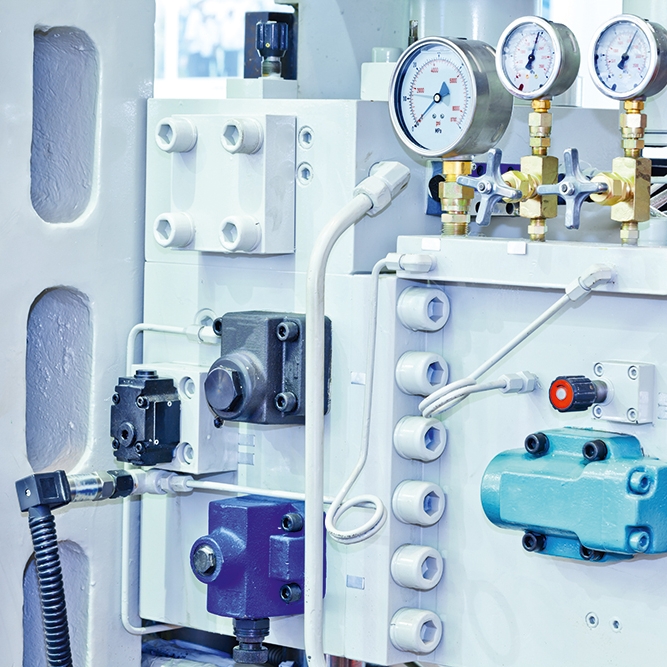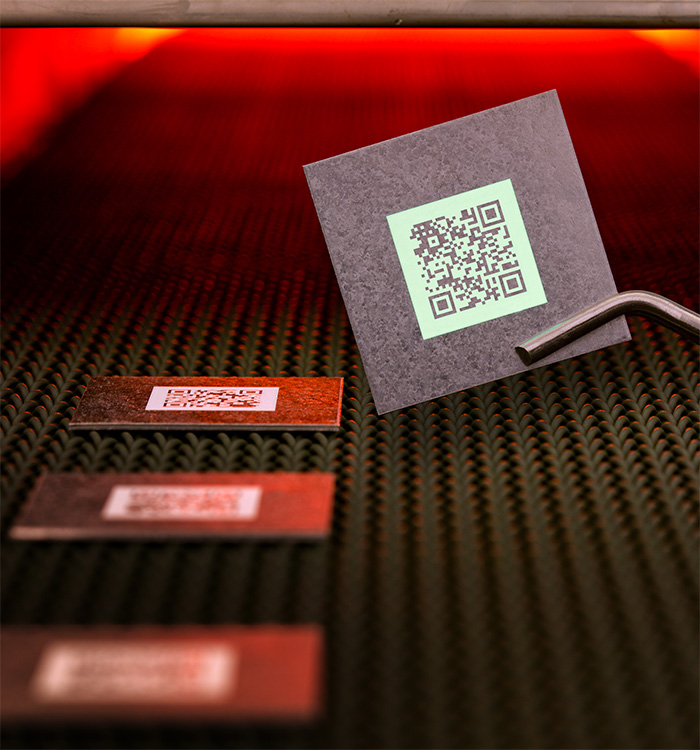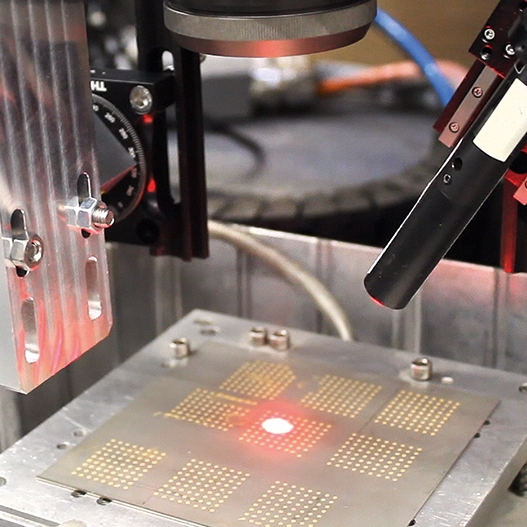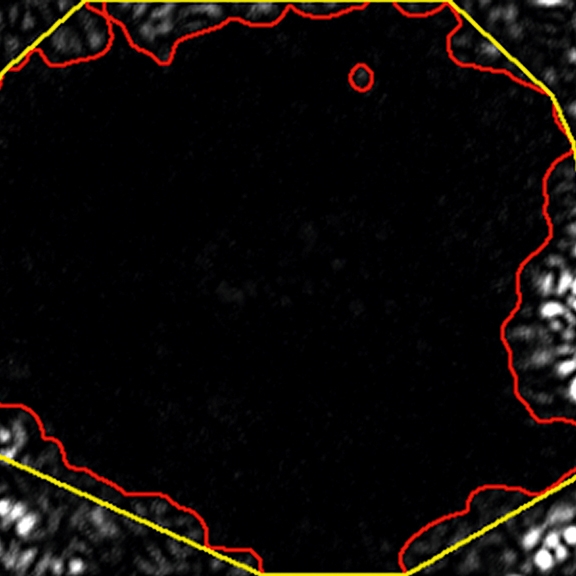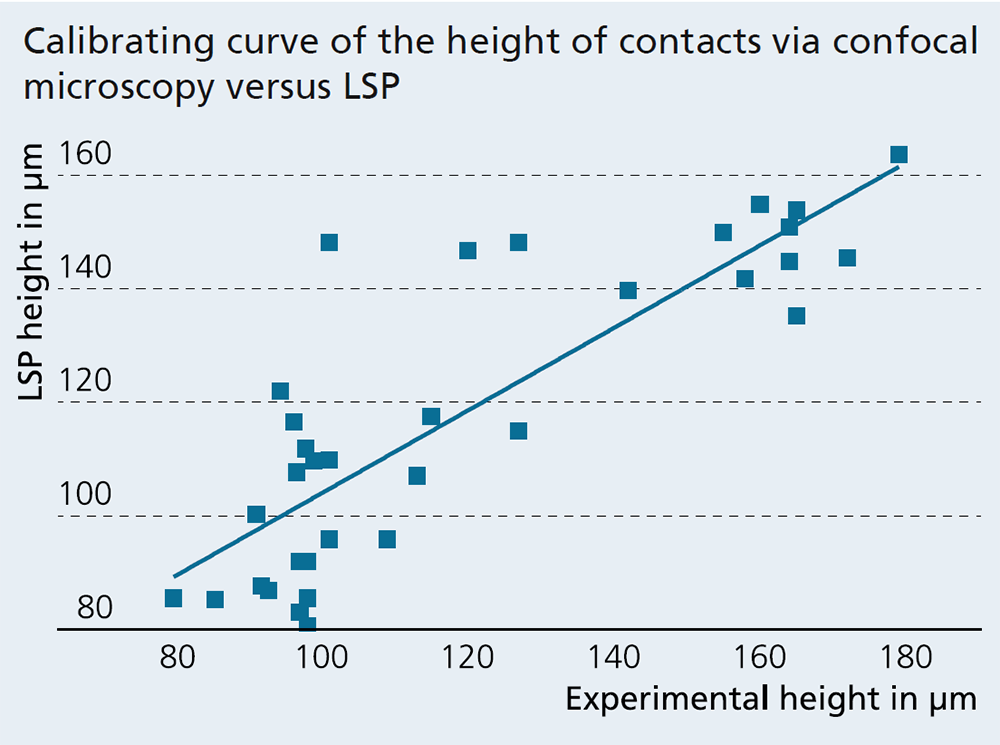
Manufacturing industry

Manufacturing processes are the main focus of operational performance. They decide on a company’s competitive advantage. With its process know-how, Fraunhofer IKTS contributes to the design of efficient and safe manufacturing processes in many branches of the industry. The core area is the fast, contactless monitoring of materials, components and whole plants using acoustic and optical test methods.
Miniature sensors for packaging processes
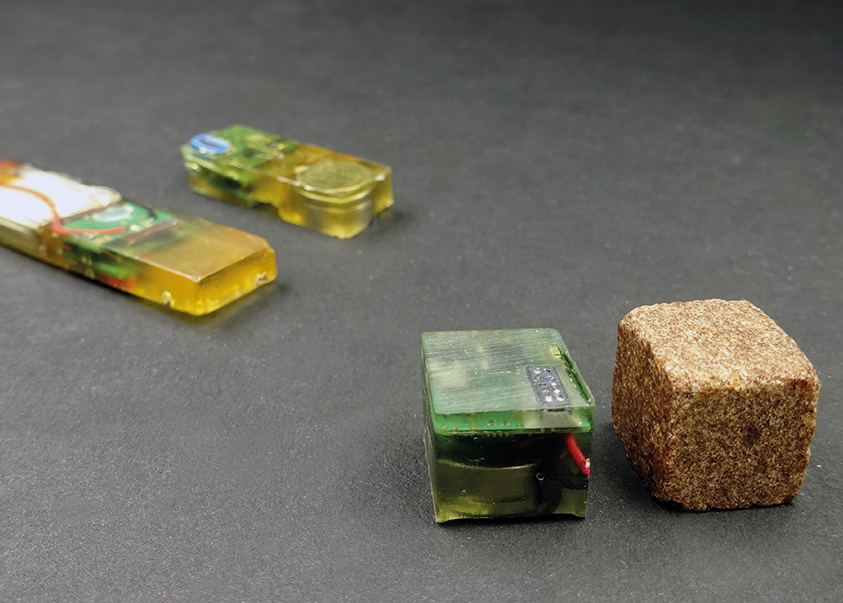
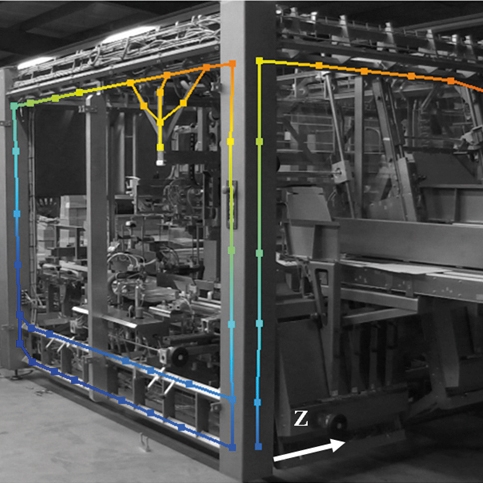
The ad-hoc collection of data in a packaging process enables fast troubleshooting in case of misfunction, as well as short response times with regard to spare parts provisioning. This increases plant availability and also makes it possible to identify areas within the running process where products are subjected to stress.
In many cases, stress cannot be measured on the packaging machine, but only on the packaged product itself. For this reason, Fraunhofer IKTS has developed a miniature sensor system which supplies diagnostic information on the process while delivering and assessing defect identification in real time.
The encapsulated sensor system runs through the packaging process in the shape of the product, e.g. a chocolate bar or a stock cube. It measures various parameters, such as vibrations, temperature or pressure. Furthermore accelerations can be measured on three axes with various sampling and rotation rates during the run through the packaging machine. Numerous series of measurements are recorded with the integrated data storage.
After running through the packaging process, the sensor system is sorted out using electromagnetic localization.
Before the measurement takes place, the sensor construction is configured via a PC interface. The measurement itself is contactless, thanks to integrated Hall sensors via an external magnetic field. A rechargeable battery ensures a long service life of the sensor module. Based on the developed system platform, specific client requests can be realized, such as wireless data communication or charging technology.
Services offered:
- Detection and recording of accelerations on three axes, up to 2000 m/s with a sampling rate of up to 10 kHz
- Detection and recording of rotation rates up to 4000°/s with up to 1 kHz
- Sensor system with a modular setup
Optimization of processes and plants
The permanent monitoring of plants is a way to ensure that critical components function flawlessly. 3D laser vibrometry enables the fast, contactless measurement of vibrations. The combination with the latest sensor technology leads to tailored solutions for permanent condition diagnostics for processes and plants.
The detection and analysis of vibrations in three dimensions allows the detailed recognition of sources of defects. On this basis the design of plants and machinery may be adapted for the reduction of vibrations. In addition to the detection of operational vibrations and natural modes, three-dimensional expansion can also be detected.
Services offered
- Process and plant optimization through contactless 3D vibration analysis
- Recording of 3D wave propagation to determine the radiation pattern of sensors
- Modal analysis and three-dimensional expansion measurements
- Measured data as the basis for FEA model comparison
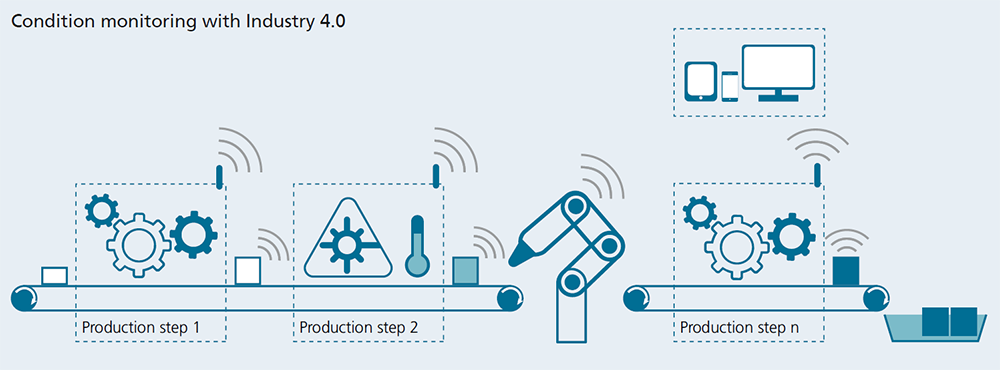
Monitoring of hydraulic components
Fraunhofer IKTS can provide a monitoring strategy for hydraulic components at risk from wear, such as servo valves. Structure-borne noise sensors record acoustic signals at a valve. These signals are generated by the oil flow and cover a very frequency range of 10 to 500 kHz. The hydraulic process can be described by a characteristic pattern. Changes of the condition of the component through which the medium flows result in signal variations. The envelopes of the time signals and the amplitude spectrum of the signals allow to extract features that can provide early insights into defect components or faulty system configurations. This makes predictions of necessary maintenance operations possible.
Services offered
- Sensors and systems for wear monitoring
- Adapted systems for hydraulic test stands
- Client-specific contract research
Ceracode® component labeling
The individual marking of components (direct part marking) plays a central role in the progressing digitization of manufacturing. It is the starting point for the clear machine identification of all components – from raw material to end product. It enables further optimization of manufacturing processes and their quality assurance by complete digital registering and interconnecting of all production elements.
An unresolved challenge is the harsh production conditions. Many processing steps performed on semi- and finished products are carried out at temperatures between 700 and 1200 °C. Surface treatments (e.g. hardening, nitrating) and cleaning processes are often subject to aggressive chemical conditions. This leads to the destruction and illegibility of common markings. Thus, a continuous recording of the components is not possible.
Ceracode® is a complete solution for the marking and identification of metal parts in hot forming. It is based on a matrix code consisting of a ceramic-pigmented ink, which is applied using well-established printing methods.
The code forms a solid bond with the part, withstands the highest temperatures and is resistant to chemical media. The part’s properties are not affected by it. A module consisting of scanner and lighting unit makes for high-contrast reading and identification of the coding, and transmits the data to the client’s data systems via industry-standard hardware and software interfaces.
Thus, the Ceracode® direct part marking method opens up new models of digital value creation in sectors and areas of manufacturing where automated data collection has not been available to date.
Services offered
- Selection of components for printing according to process parameters
- Production of the marking ink for optimal bonding, fast drying and maximum contrast
- Planning of a marking and registration solution to suit the extent of the information to be printed, component size and required resolution
- Development of a customized system for printing, adaptation of the fully automatic reading system and integration in an existing manufacturing line with interface to process control
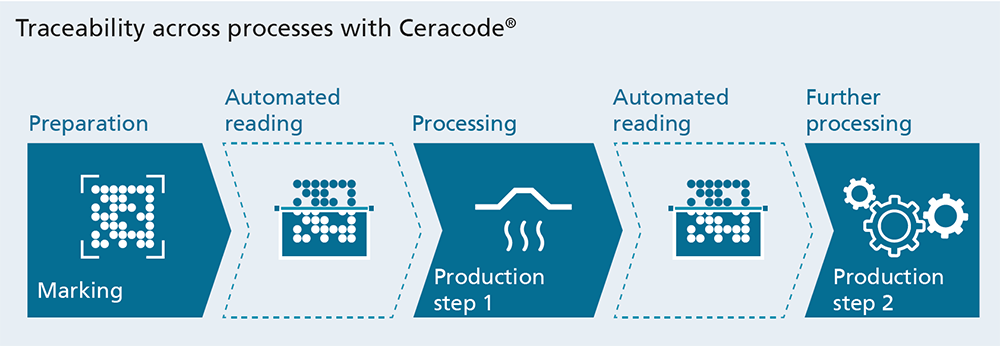
Monitoring of welding processes
Micro laser metal deposition is used to manufacture gold contacts for electronics (e.g. sliding contacts or plugs). Parallelization allows to functionalize dozens of contacts per second. This requires a fast 100 percent control.
Fraunhofer IKTS offers a unique measuring and testing solution for this welding process. In-line monitoring using laser speckle photometry (LSP) allows to identify and collect material properties, tensions and surface defects as well as geometrical dimensions fast and efficiently without contact. The method analyzes the changes over time of optical speckle patterns (interference patterns) which develop when the test object is irradiated by coherent light. The LSP system determines the precious metal content of up to 100 contacts per minute and is able to identify their geometry at the same time. This means that laser speckle photometry is much faster than other test methods.
Services offered
For manufacturing processes with large production runs, LSP enables the detection of defects for almost all material classes. Beyond the development of client-specific full-scale LSP-based test systems for laser metal deposition processes, Fraunhofer IKTS also offers LSP test solutions for other fields of application:
- Process monitoring (e.g. porosity/defects) for additive manufacturing processes
- Monitoring of biotechnological processes
- In-line quality control for high-volume manufacturing
- Tension monitoring of large components with fatigue stress (load-bearing elements, bridges)
- On-site measuring service
